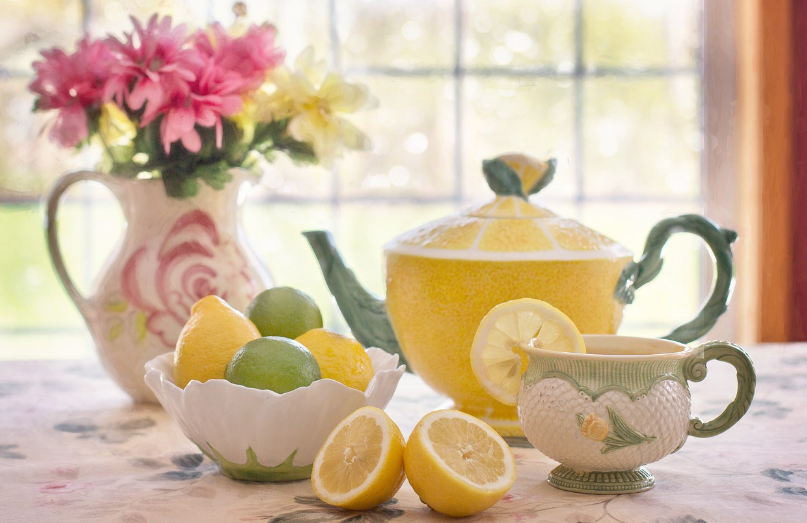How to Create a Retro Logo for Health and Wellness?

Contents
In the world of branding, a logo is more than just a graphic element. It’s a visual representation of your brand’s identity, values, and mission. In the health and wellness industry, a logo can convey a sense of trust, professionalism, and care. One of the trending styles in logo design is the retro or vintage style. This style can give your health and wellness brand a unique, timeless, and authentic feel. But how do you create a retro logo for your health and wellness brand? Let’s delve into this fascinating topic.
Understanding the Retro Style
The term ‘retro’ refers to a style that is consciously derivative or imitative of trends, music, modes, fashions, or attitudes of the past. In logo design, the retro style often features elements from the 1950s, 1960s, and 1970s. These elements can include hand-drawn illustrations, bold and simple typography, and a limited color palette.
Why is the retro style popular in the health and wellness industry? One reason is that it evokes a sense of nostalgia, comfort, and familiarity. These feelings can help to establish an emotional connection with your audience, which is crucial in the health and wellness industry. Another reason is that the retro style can convey a sense of authenticity and trustworthiness, which can enhance your brand’s credibility.
Creating Your Retro Logo
Step 1: Research and Inspiration, The first step in creating your retro logo is to conduct research and gather inspiration. Look at vintage advertisements, posters, and logos from the era that you want to emulate. Pay attention to the colors, typography, and imagery used. Pinterest, Instagram, and design blogs are great sources of inspiration.
While gathering inspiration, think about how you can incorporate elements of the retro style into your logo while still aligning with your brand’s identity and values. Remember, your logo should be a reflection of your brand, not just a trendy design.
Step 2: Sketching and Concept Development, Once you have a clear idea of the style you want to achieve, start sketching your logo concepts. Don’t worry about making them perfect at this stage. The goal is to explore different ideas and see what works best for your brand.
Consider the key elements of your brand, such as your name, tagline, and any symbols or icons that represent your services. How can you incorporate these elements into your logo in a way that reflects the retro style?
Step 3: Refining Your Design, After you’ve sketched out several logo concepts, choose the one that best represents your brand and the retro style. Now, it’s time to refine your design. This involves fine-tuning the typography, colors, and imagery to create a cohesive and balanced logo.
When refining your design, consider the principles of logo design, such as simplicity, scalability, and versatility. Your logo should be simple enough to be easily recognizable, scalable to work at various sizes, and versatile to work in different mediums and contexts.
Choosing the Right Typography
Typography plays a crucial role in the retro style. Retro logos often feature bold, simple, and hand-drawn typefaces. These typefaces can evoke a sense of nostalgia and authenticity.
When choosing a typeface for your logo, consider its readability and how it complements your brand’s identity and values. Also, consider how it works with the other elements of your logo, such as colors and imagery. The typeface should enhance these elements, not compete with them.
Using the Right Colors
Color is another important element in the retro style. Retro logos often feature a limited color palette with muted, earthy tones. These colors can evoke a sense of nostalgia and comfort.
When choosing colors for your logo, consider their psychological effects. For example, green can symbolize health, nature, and renewal, while blue can symbolize trust, reliability, and tranquility. Also, consider how the colors work together to create a cohesive and balanced logo.
Adding the Right Imagery
Imagery, such as symbols and icons, can add visual interest to your logo and help to convey your brand’s services and values. In the retro style, imagery often includes hand-drawn illustrations and vintage icons.
When adding imagery to your logo, consider its relevance to your brand and its impact on the overall design. The imagery should enhance the other elements of your logo, not overshadow them. Also, consider the principles of logo design. The imagery should be simple, scalable, and versatile.
Conclusion
Creating a retro logo for your health and wellness brand can be a fun and rewarding process. By understanding the retro style and following the steps and tips outlined in this guide, you can create a logo that is unique, timeless, and authentic. Remember, your logo is a visual representation of your brand’s identity, values, and mission. Make it count!
Ready to infuse your health and wellness brand with a touch of nostalgia? With Boon, creating a retro logo that embodies your brand’s essence has never been easier. Our AI-driven platform takes your design preferences and turns them into a custom logo that’s both timeless and authentic—in just five minutes. Whether you’re looking to engage users, tell a compelling story, or strengthen your business, Boon is here to help. Let’s make a logo! and watch your brand come to life.

As our Chief SEO & Branding Strategist, Robert Ellison is a digital marketing visionary with over 25 years of experience transforming brands through smart, data-driven SEO and impactful storytelling. Known for his expertise in aligning technical SEO with authentic brand narratives, he leads our team in creating strategies that boost search rankings while building strong, sustainable brand identities. A trusted advisor and frequent industry speaker, Robert combines deep technical knowledge with creative insight, helping our clients not only reach the top of search results but also genuinely connect with their audiences.
